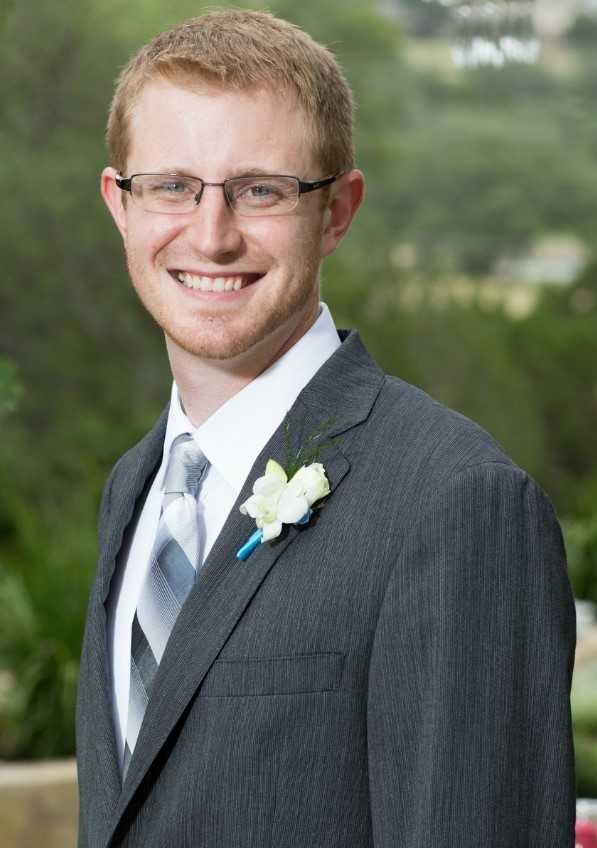Medical Physics Seminar – Monday, March 12, 2018
IImage quality Assessment and Parameter Optimization for Low Dose X - ray CT with Statistical Model - Based Iterative Reconstruction (MBIR)

Daniel Gomez Cardona (student of Dr. Guang-Hong Chen)
Research Assistant, Department of Medical Physics, UW-School of Medicine & Public Health, Madison, WI - USA
Given the increasing concern about the potential risks associated with ionizing radiation, both hardware and software strategies to reduce radiation dose in x-ray CT while providing acceptable image quality have been proposed. One software strategy that has been recently introduced in the clinic is statistical model-based iterative reconstruction (MBIR). Traditional methods to assess image quality and to optimize CT parameter selection in the clinic rely on the assumption that CT systems are linear; therefore, many key image quality findings from a standard phantom can be directly translated to in vivo human subject studies. While this is true for CT systems that use conventional filtered backprojection (FBP) reconstruction given their quasilinear performance, the validity of this translation for systems that employ MBIR remains unknown because they have been shown to have highly nonlinear properties. Additionally, traditional image quality metrics that work well for FBP are not suited for MBIR given the fact that there is a strong dependence between spatial resolution and noise texture with the image object and scanning parameters. This challenging scenario motivates us 1) to assess whether for MBIR, image quality findings from phantom studies can be translated to in vivo studies and 2) to develop a task-based framework for CT parameter optimization that is applicable to both linear and highly nonlinear CT systems. The pro-posed optimization framework is tailored to a given imaging task and incorporates local frequency-dependent measurements of spatial resolution and noise into the so-called mathematical observer models, which have been shown to have a high correlation with human observer performance. This framework can be effectively used to leverage the synergy between CT hardware and software advances to reduce radiation dose while maintaining the desired imaging performance.
Development of a Convex Windowless Extrapolation Chamber to Measure Surface Dose Rate from Ru - 106 Episcleral Plaques

Jon Hansen (student of Dr. Larry DeWerd)
Research Assistant, Department of Medical Physics, UW-School of Medicine & Public Health, Madison, WI - USA
A convex windowless extrapolation chamber was developed as a primary measurement device to determine surface dose rate from curved Ru-106 episcleral plaques. The efficacy of an extrapolation chamber design without an entrance window was verified through dose rate measurements with a planar windowless extrapolation chamber and a NIST-calibrated Sr-90 ophthalmic applicator. The planar windowless extrapolation chamber was modified to accommodate a flat Ru-106 plaque. Extrapolation chamber results were compared with on-contact unlaminated EBT3 film measurements as well as the manufacturer source calibration using a scintillation detector. The average surface dose rate was found to be 1.2% lower than the corresponding film measurement result and 7.7% lower than the value reported by BEBIG. The flat source was then stamped into a curved CCB plaque, and measurements were carried out with the convex windowless extrapolation chamber. The average surface dose rate was found to be 1.8% higher than the corresponding value from curved unlaminated EBT3 film measurements and 5.3% lower than the manufacturer value. Similar measurements were performed for an additional curved Ru-106 source, and the measured surface dose rate was 2.8% higher than the result from unlaminated EBT3 film, 4.2% lower than the manufacturer result, and 4.2% higher compared to alanine measurements made at NPL. Based on the agreement observed for the curved Ru-106 plaques and existing dosimetry techniques, the accuracy of dose rate results made with the convex windowless extrapolation chamber was validated. To transfer the extrapolation chamber result for surface dose rate to clinics, measurements were performed with conventional ionization chambers in a fixture. The surface dose rate from the conventional chamber calibration agreed within 3.8% with the expected convex extrapolation chamber result. From this work, the accuracy of surface dose rate measurements from current dosimetry techniques was analyzed through comparison with the convex windowless extrapolation chamber.